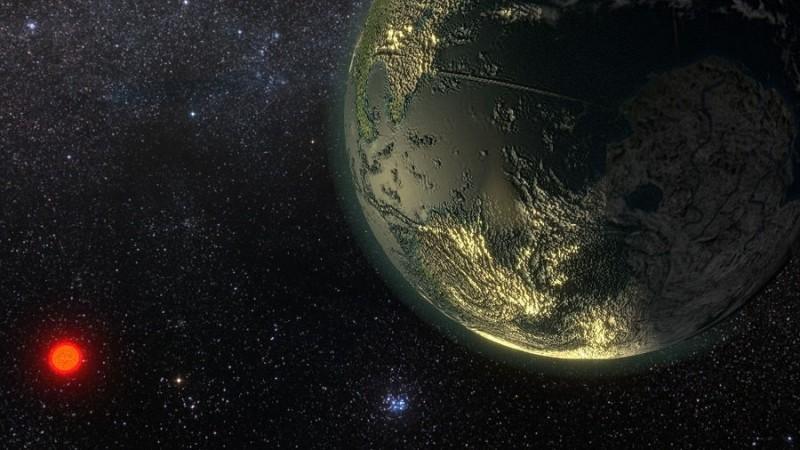
More than100 potential exoplanets have been discovered by astronomers! In fact, one of them is in the fourth-nearest star system to our solar system according to a new study.
Also Read: Researchers have found 10 faint galaxies that kick-started the whole universe!
These alien planets, observed by the by HIRES (High Resolution Echelle Spectrometer) at Hawaii's Keck Observatory have been analyzed for 20 years, but have yet to be confirmed as exoplanets.
This research was led by Paul Butler of the Carnegie Institution for Science in Washington, DC, along with Steve Vogt of the University of California, Santa Cruz (UCSC).
"HIRES was not specifically optimised to do this type of exoplanet detective work, but has turned out to be a workhorse instrument of the field," study co-author Vogt said in a statement.
"I am very happy to contribute to science that is fundamentally changing how we view ourselves in the universe," added Vogt, who designed and built HIRES.
This study was carried out by a team of international researchers who released the largest collection of exoplanet-spotting observations with the help of a technique known as the radial velocity method.
In this technique, small gravitational unsteadiness, generated by orbiting planets in their parent stars, are spotted by HIRES.
By making the data public, the team is offering unprecedented access to one of the largest exoplanet searches in history.
The NASA's Kepler space telescope, which is considered the most productive tool for exoplanet spotting, analysed the depletion in brightness of stars while the planets crossed their face.
Around 3,450 confirmed exoplanets have been discovered so far, out of which around two-thirds have been detected by Kepler, and a few thousand more are yet to be verified.
Researchers found around 60 candidates that could be classified as exoplanets, along with 54 more celestial bodies that have yet to be classified, but could be exoplanets.
A star GJ 411, also called Lalande 21185, situated 8.3 light years away from the Sun, is orbited by one of the verified exoplanets.
This planet is around 3.8 times larger than Earth and is found to be too hot to be livable, researchers revealed. The planet is in close proximity with GJ411 star and its orbiting period around its parent star is 10 Earth days.
In August of 2016, an Earth-like exoplanet Proxima b was found orbiting the star Proxima Centauri, which the closest star to our solar system, located 4.22 light years from Earth.
The radial-velocity planet-hunting observations contains around 61,000 measurements from 1,600 stars, a statement by UCSC revealed. The information is also shares with other exoplanet researchers globally.
"The best way to advance the field and further our understanding of what these planets are made out of is to harness the abilities of a variety of precision radial velocity instruments, and deploy them in concert," study team member Jennifer Burt, of the Massachusetts Institute of Technology, said in the UCSC statement.
"But that will require some big teams to break from tradition and start leading serious cooperative efforts," Burt added.
This research has been published in The Astronomical Journal.









